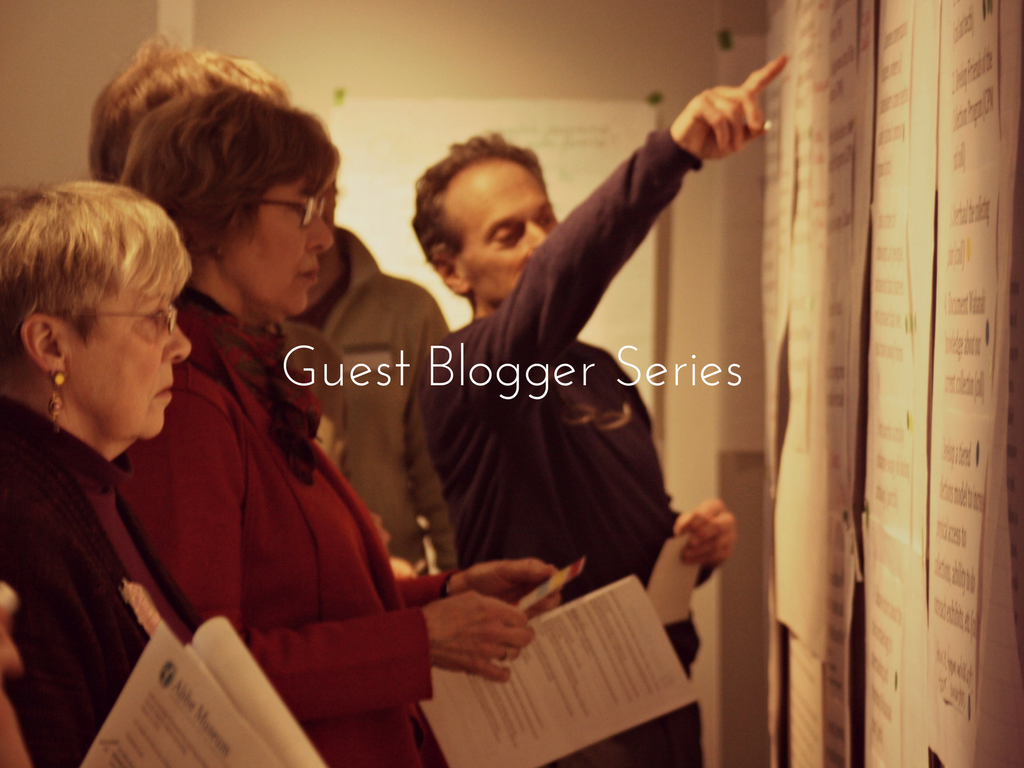Abbe Museum Partners with Stanley Subaru on Membership Drive
/The Abbe Museum is excited to partner with Stanley Subaru on a unique membership drive for the month of April 2017. Customers who purchase a full, premium, or signature detail at Stanley Subaru in Ellsworth will receive a membership to the Abbe Museum. Customers don’t have to have a Subaru to get a detail.
"We’re delighted to partner with the Abbe Museum," said Mark Politte, dealer principal at Stanley Subaru. "The Museum is a vital part of celebrating Maine communities. We are impressed by the way the Museum avails Wabanaki people to tell their stories and lead the way in collaborative, inclusive stories of art, history, and culture. Working together opens up the fullness of Maine to Stanley Subaru's guests. We have always been committed to the Down East community and working with the cultural and educational opportunities here. We are proud to be supporters of the Abbe Museum."
Through the support and dedication of members, the Abbe has become the only Smithsonian Affiliate in the state of Maine. When you become a member, you’ll continue to make Wabanaki art, culture, and history matter, as well as enable the Abbe to continue making bold, forward-thinking choices in its decolonization practices.
Abbe President and CEO Cinnamon Catlin-Legutko shares, “This exciting demonstration of support for our mission is inspiring. We can’t thank Stanley Subaru enough for showing their support this way and for passing along their enthusiasm to their customers!”
A full detail will get customers a Season Ticket membership, which grants free access to the Museum July - October, a 10% discount in the Abbe gift shop, and reduced fees for special programming.
A premium detail will get customers a Dual membership, which grants two adults unlimited free entry to the Abbe for a year, a 10% discount in the Museum gift shop, priority entry, invitations to exhibit openings and events, reduced fees for special programming, access to the Membership Lounge, invitations to member-only events, and two additional personalized benefits members get to choose.
A signature detail will get customers a Family membership, which grants two adults and all named children in the household under 18 (including grandchildren!) unlimited free entry to the Abbe for a year, a 10% discount in the Abbe gift shop, priority entry, invitations to exhibit openings and events, reduced fees for special programming, access to the Membership Lounge, invitations to member-only events, and three additional personalized benefits members get to choose.
Contact Stanley Subaru at 207-667-4641 to schedule service or ask any questions.
The Abbe is currently open Thursdays through Saturdays, 10 am to 4 pm, through April 30, 2017. From May 1 through October 31, 2017, the Museum will be open seven days a week. The Abbe’s Acadia National Park location at Sieur de Monts Spring will be open seven days a week from mid-May to mid-October. Please visit abbemuseum.org for more details.
About Stanley Subaru
Stanley Subaru, located at 22 Bar Harbor Road, Ellsworth, is your premier, award-winning retailer of new and used Subaru vehicles in Maine. For more information about Stanley Subaru please call 207-667-4641 or visit stanleysubaru.com.




























